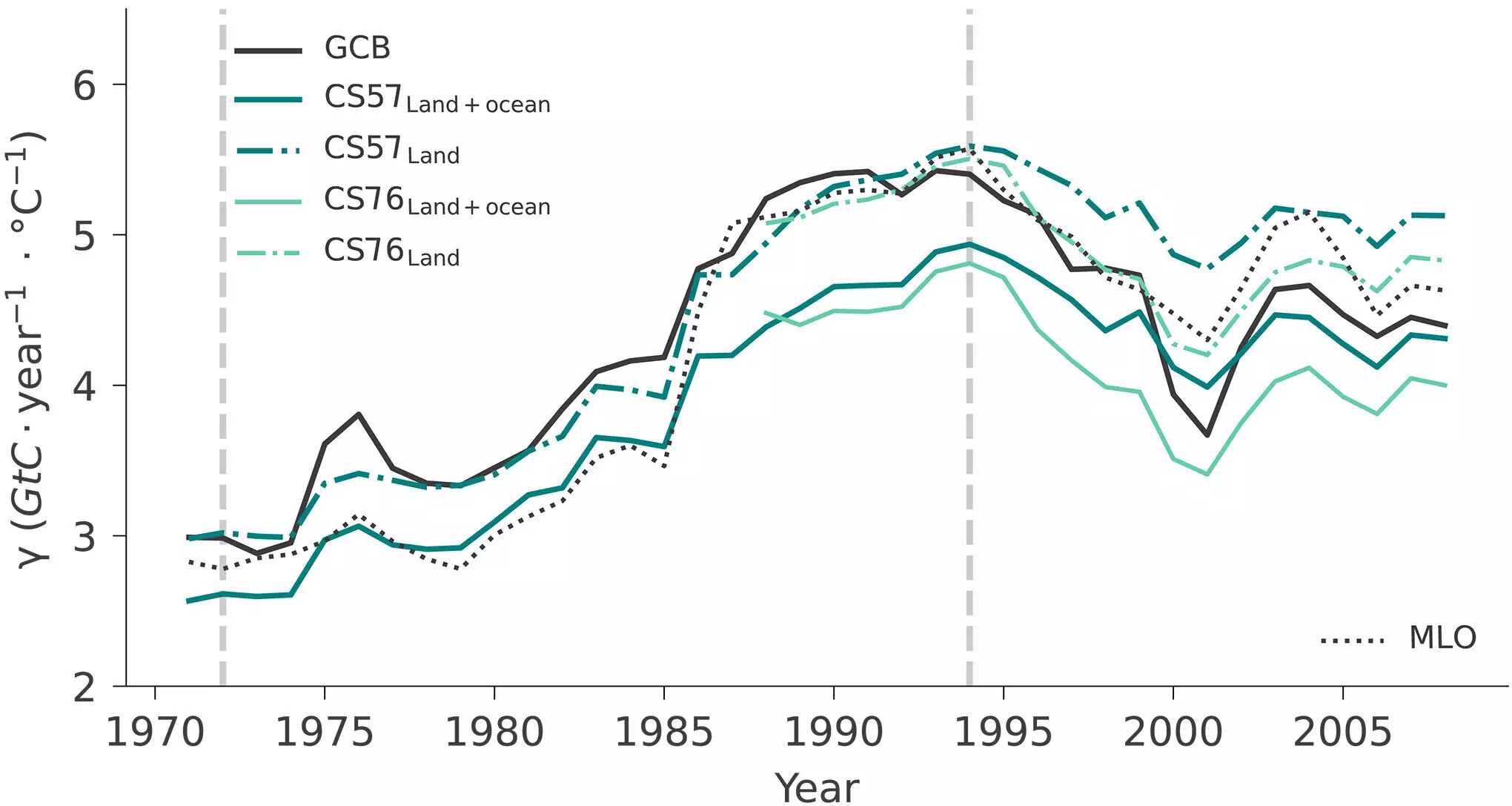The relationship between CO₂ levels and global temperatures has been a critical area of research in understanding climate change. Historically, many models have indicated a straightforward correlation where increasing CO₂ levels in the atmosphere directly lead to rising temperatures, particularly in tropical regions. However, a recent study conducted by scientists from the Max Planck Institute for Biogeochemistry and Leipzig University introduces a nuanced perspective, suggesting that the fluctuations in CO₂ levels may be more influenced by climatic events, particularly El Niño, than previously thought. This article explores the implications of these findings for climate predictions and our understanding of the carbon cycle.
The latest research presents a compelling argument that certain extreme El Niño events have a dramatic effect on CO₂ sensitivity in the tropics. The study, published in Science Advances, outlines that between 1959 and 2011, the response of atmospheric CO₂ to tropical temperatures has intensified, influenced largely by intensified patterns of El Niño. These cycles, known for inducing significant climatic alterations, including droughts and heatwaves, have critical effects on plant growth, which subsequently affects carbon absorption and release.
During periods of El Niño, dry conditions often prevail in tropical regions, inhibiting photosynthesis and allowing accumulated carbon to be released back into the atmosphere, a phenomenon termed “carbon release.” The research suggests that this release can overshadow the buffering role of land ecosystems, which usually help to offset human-generated emissions. Instead of a steady increase in CO₂ driven solely by anthropogenic factors, these extreme climatic events add a layer of complexity to the carbon cycle.
Historically, it was thought that the increase in CO₂ response sensitivity derived from a long-term alteration in the carbon cycle due to climate change. However, the researchers identified a key change occurring alongside the El Niño events in the late 20th century, significantly in the 1980s and 1990s. These decades were marked by intense El Niño phases that contributed to notable spikes in CO₂. The research implies that it might be more accurate to recognize these fluctuations as responses to short-term, extreme climatic variability rather than a sign of a systematic, long-lasting alteration in carbon absorption mechanisms.
Na Li, one of the study’s authors, states that understanding the role of these extreme events is crucial for re-evaluating climate models, which have often overlooked the effects of internal climate variations on carbon dynamics.
The findings from this research carry significant implications for future climate projections. Historically, models have relied on the assumption that heightened sensitivity of CO₂ levels to temperature indicates a fundamental alteration in the climate system, suggesting permanent changes that might accelerate the frequency and severity of climate impacts. The clarity provided by this study improves our understanding that such increases could very well be tied to cyclical, extreme weather events rather than reflective of an impending climate catastrophe.
These findings call for a paradigm shift in how researchers construct climate models, integrating not just the anthropogenic factors but also the variability introduced by natural climatic phenomena like El Niño. A more precise representation of climate dynamics will be essential for improving predictive models, aiding policymakers in making informed decisions regarding climate resilience and adaptation strategies.
As ongoing climate research continues to explore the complexities of atmospheric dynamics, it is clear that the interaction between tropical temperatures, CO₂ levels, and events such as El Niño is a crucial component not just for understanding past climate behavior but also for forecasting future climate scenarios. This study sheds light on the need for a refined approach to climate modeling—one that respects the interplay of natural variability alongside human influence. Equipped with better insights into how extreme weather phenomena impact carbon dynamics, scientists are better poised to predict the future of our planet and strategize for effective climate action.

